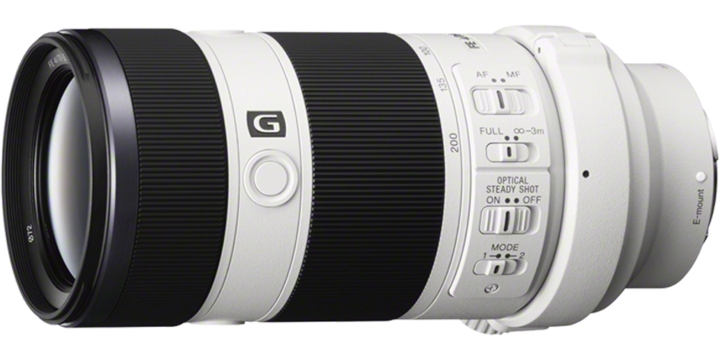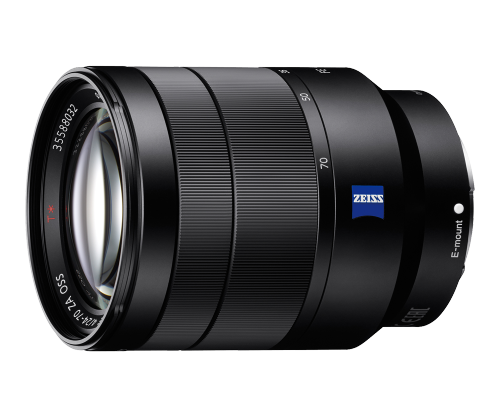Sony a7s Low light performance
Disclaimer:
In full transparency we’d like to just say that we are working with Sony and their cameras to evaluate and try to achieve great quality footage for our upcoming drama series. However, all opinions and technical considerations in this blog are our own.
Interested in how well the Sony a7s works in low light?
So were we after a series of amazing low light demonstrations of this camera were posted from around the world.
If you’re not already familiar, the Sony a7s is an interchangeable lens camera or mirror-less camera so it’s not strictly speaking a DSLR (which by definition has a mirror). Nevertheless, most filmmakers still refer to it as a DSLR and up against well established indie-filmmaking cameras like the Canon 5D, Canon 7D, Lumix GH4, Lumix GH3 and more recently Samsung NX1. These companies are every year coming up with something to trump each other in terms of specs or quality to lure filmmakers to their side. Most recently Sony came out with the a7s which, in a surprise move, focussed on the size of the pixels in their sensor instead of the number of pixels. The Sony a7s has 12 megapixels but their increased size on a full frame sensor allows it to capture more light – in fact, much much much more light than it’s competitors. The Sony a7s low light performance is beyond any other camera of its price range in fact it blows away cameras of multitudes its price. Naturally we were very interested in getting our hands on a few!
Less Pixels Bigger Pixels
The sensor is also capable of outputting 4k footage without line skipping, pixel binning or down sampling which means you should be able to get your bokeh (background blur) while avoiding artefacts like moire or aliasing. Sadly 4k video isn’t possible in camera – you must use an external recorder fed by the HDMI output.
As narrative directors and producers we were very interested in how this camera would help our workflow in production. In particular we are always looking to minimise weight and maximise speed without compromising the image. One thing that stood out to me when I first saw its low light potential was that we could shoot with quicker lighting setups. This isn’t to say that we wouldn’t light our actors or shape our light around a room but that we would need less of it – which means smaller, more portable lights. Our lenses could also have a higher base aperture which would mean we wouldn’t be struggling with focus on night shots where we were forced, in the past, to use apertures like f1.8 or even f0.9. Whilst this camera also offered a full frame look with possibilities of more bokeh at large apertures we were particularly interested in using higher apertures to get more depth of field in a shot – more detail in the background – particularly at night. At the very least, with higher low light sensitivity, we would have the CHOICE of being able to stop down or up depending on the look we wanted.
Zoom Lenses vs Primes
Although many filmmakers swear by prime lenses generally because of their sharpness compared to zooms – the new generation of zoom lenses have improved to the point that, in our opinion, it’s almost imperceptible particularly in narrative work. But then again we’re not pixel peepers. For us, a zoom is practical. It takes much less time to change shot size and keeps us getting the shots we need – fast. Every minute counts on long-form production. So we decided to test two zooms in anticipation of our next production:
Sony 24-70mm f4 ZA OSS
Sony FE 70-200mm f4 G OSS

Blown away by Sony a7s performance in low light
Equipped with two Sony a7s’s and the above lenses we set out to shoot a night scape of Singapore using ISOs that we would never have touched on any other camera.
To say we were blown away is an understatement. The minute we started shooting and adjusting the ISO to levels like 32,000 and getting seemingly usable footage – we began laughing. This simply shouldn’t be possible – we were doing things that we’d never done before like shoot night scenes with apertures of f5 or even f8! Some shots were taken in what seemed like complete darkness to our eyes but at 32,000 ISO or ABOVE we were able to capture detail in the shadows. In general the camera was pretty easy to get used to. The only minor gripe I would have is that the video record button is on the side of the camera (you can’t use the normal shutter button), it’s also tiny and a little unnatural to use. Also the batteries run down very quickly. On an evening of about 5 hours shoot we went through two batteries each. Which is probably why Sony ships two of them with every camera. For a long form (film, TV) shoot we will need an alternate battery source – there’s no way we will survive using Sony’s own batteries when we have to shoot 12 hour days. In any case for casual shooting (photography or even videography) 2 batteries should last for most.
Noise Reduction
ISO and settings are listed in the left corner of the video. It wasn’t at all a scientific test – we just wanted to get a feel for it and the possibilities – as such we have used some noise reduction in some scenes (which is what we would do on any production shoot anyway). What surprised us is how little we needed. Some shots were taken at 25,000 ISO and we did minimal noise reduction. We found the noise to have a very nice grain – organic looking, not particularly blocky. In fact many times we would reduce noise reduction to allow more of the grain back in to get a more “natural look”. As always there is further compression with any upload to a video server (less so on Vimeo than Youtube) but if you’d like to check out the original output click on the Download Link below the video.
Thanks for reading – if you’ve had experience with this camera or have any thoughts/ questions we’d love to hear from you below.


That’s astonishing, what a quality, looks so realistic, i felt as if i’m lookin at a real thing and not watching a video.
Jason Chan referred that video, i’m very amazed by the clarity and quality of the video.
Sony A7 is great!!
Yes, Manish, we were really blown away with how well this camera can see into the dark. It really opens up amazing opportunities for us indie filmmakers – makes shooting in lower light situations much much easier. When you don’t have a huge budget for lights – this is going to be a game changer.
Business partnerships are a bit bit like marriages.
Thanks for testing my Overnight Freedom Evaluation.
Add Your MugJams On Prime of Your Present Videos.